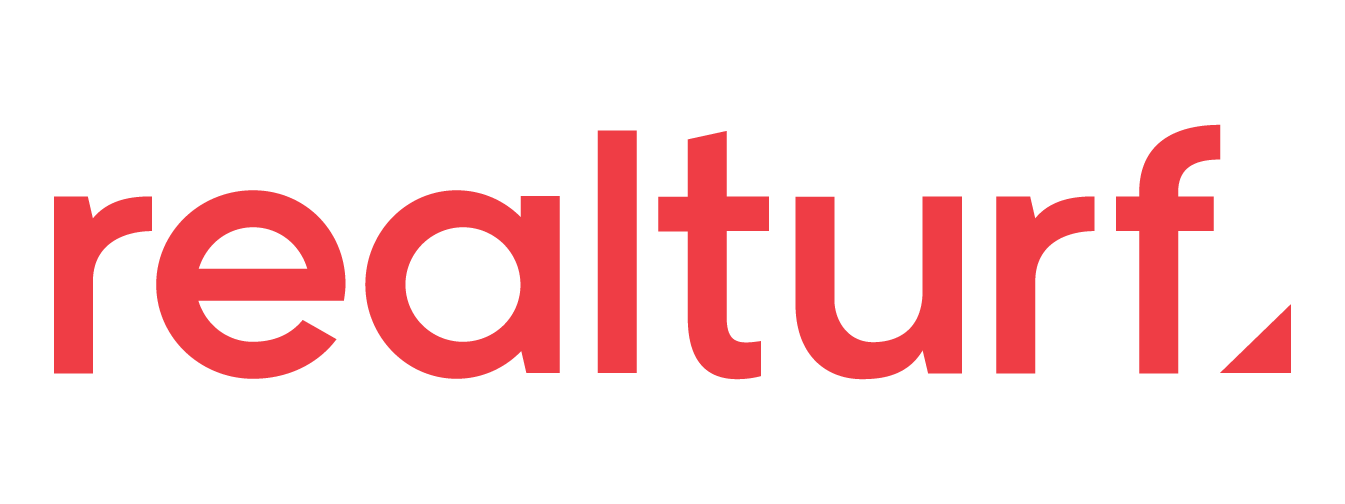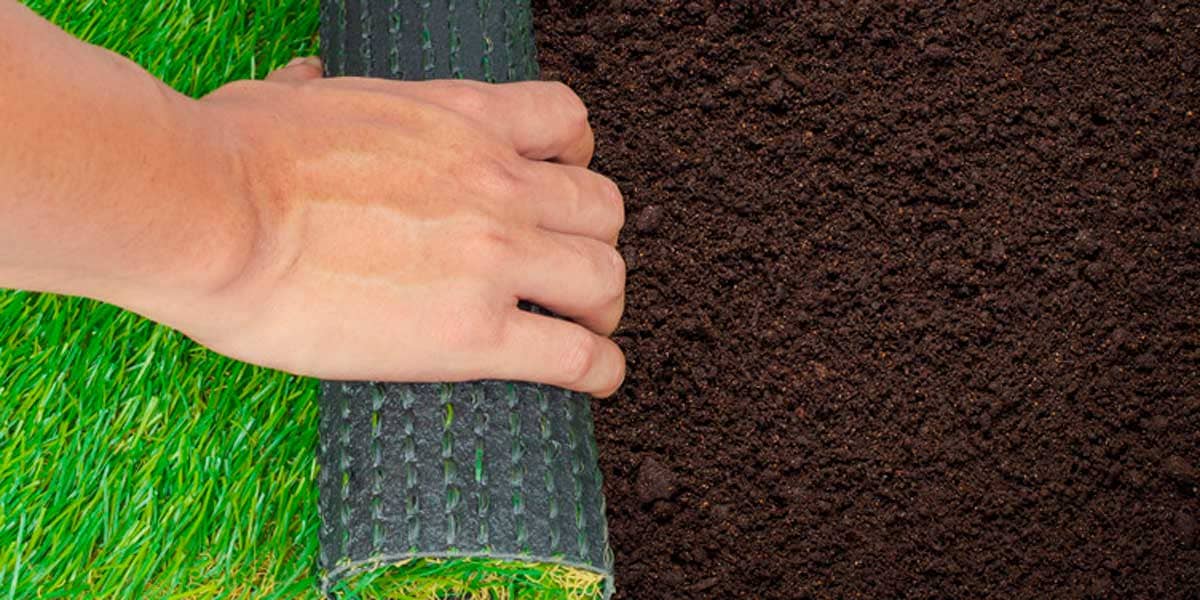Basic Guidelines Before Installing Artificial Grass
If you made the decision to install artificial turf, you have a big reason to be happy about it! You have also made the decision to save on the water bill, protect the environment and have more free time. On top of all that , your garden will look amazing all year long.
We will give you some easy guidelines to follow in the installation of your artificial turf. They will help you make a long lasting beautiful garden.
Here are a few questions that you should ask yourself when getting the ground where you will be installing the artificial turf ready:
- Will it be necessary to excavate the asphalt, concrete or any other ground where the artificial turf will be installed?
- Should you take into consideration any requirements in terms of accessibility to the area?
- In case there are asphalt or concrete areas, do these areas have good drainage?
- Which would be the ideal final slope for the base?
Four basic installation techniques
Below we show four images with basic installation techniques of artificial grass.
When installing artificial turf on natural ground, it is important to put a weed fabric or textile fabric. This fabric will give long term stability to the installation. Also, it must be made of a porous and durable synthetic fiber and must be placed before the layers of the rest of the materials to be installed.
There are two types of weed fabrics: woven or non-woven. Below we will explain the different characteristics of each of them so that you can choose the one that best suits your case:
Woven fabric:
These are fabrics made with very resistant polypropylene. There are different colors, so you can choose the fabric that matches the area perfectly. It should be taken into consideration that the edges of this fabric frays, therefore they are much more difficult to cover. It is important to highlight that woven fabrics are not recommended for narrow spaces. Within these fabrics we can choose between those that are intended for gardening, which are the fabrics of 105 grams per square meter. On the other hand, the fabrics intended for restoration purposes are of 130 grams per square meter. The higher the grammage, the greater the resistance will be.
Non-woven fabric:
This fabric is easier to cut, place and decorate because it is more stable and slides less. They are used to prevent the growth of weeds with very aggressive roots, which is the case of asparagaceae and ciperaceas species. The basic principle of both fabrics is the same: to avoid the emergence of weeds. In this case the fabrics are more durable and resistant. The weight of the non-woven fabric may vary, however, the most frequent one is 125 grams per square meter. This is the ideal fabric if you want a simple, long-lasting installation. The price will be slightly higher compared to non-wooven fabric.
Once you have chosen the weed fabric that is better for your situation, you must place a layer of 5 to 7 cm (2 to 3 inches) of compacted material. These are called the sub-base materials. (Image 1)

In case there are any slopes on the sidewalks, driveways, patios, etc. you must do the necessary digging to level them up. The extra material needed to level these slopes must be considered. The base should be at least 2.5 cms (1 inch) below the different surfaces after is all leveled.
In order to achieve the most realistic appearance possible, it’s important to shape the base while leveling. You must shape and adapt all the different decorative materials with the artificial turf to make the surface look as natural as possible.
To provide a better drainage system, a drainpipe can be installed between layers of stones, before adding the sub-base materials. (Image 2)
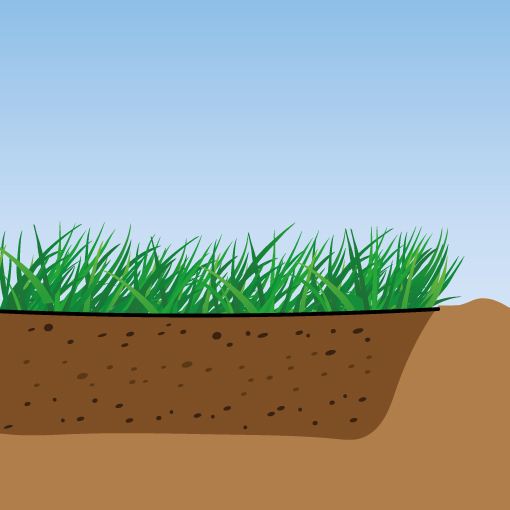
This system, the proper use of the weed fabric ,and the added layers of stones to help the drainage system, will allow the water to filter under the surfaces and to be channeled avoiding the danger of erosion.
Sometimes, when artificial turf is installed against or between cement or asphalt, stagnant water remains. To avoid this, you must install layers of different materials like type of rocks and gravel that helps drainage as well as drainage pipes, as mentioned before. (Images 3 and 4)

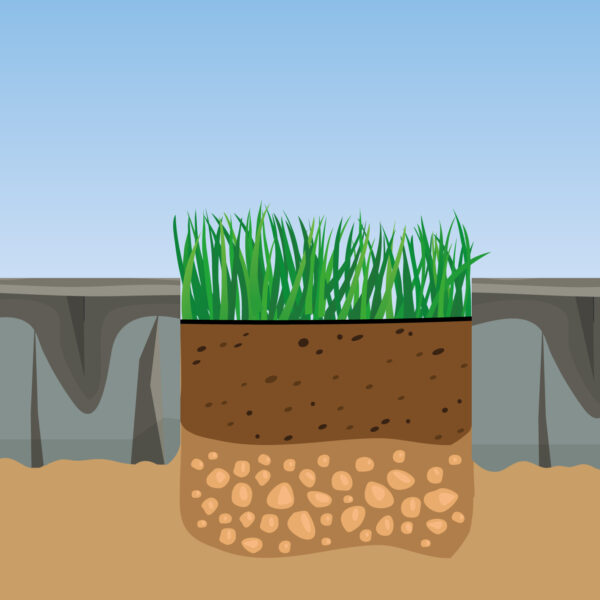
If installed correctly taking in consideration the different climates, weight load, traffic and the specific use, artificial turf can be installed on any type of surface.
Drainage between houses, patios or gardens:
Patios and gardens between houses must withstand large amounts of water; rainwater, water that falls from the gutters on the roofs, and the water that may be on the ground itself. All these water end up in these patios or gardens and then channel into the drainage system of different residential developments.
Artificial turf’s vertical drainage is designed to allow large amounts of water to filter through the surface. When planning where these surfaces are going to be, you must consider the amount of water it will bear according to the climate of each area. This will help improve the drainage system without the need of any installation visible on the surface.
If you choose a horizontal drainage system (through the surface) for your installation, you must adapt the areas with slopes or drainage pipes in order to facilitate the reception, filtration and drainage of water. This will also enable the installation to comply with local regulations and restrictions.
At Realturf we have the Maxdrain System which achieves a high quality double drainage system. This system also makes this product perfect for pets because of it has a high capacity to drain liquids and dirt.
If you would like more information, click on the following link for an explanatory video of our Maxdrain System.
Steps for the installation of your artificial turf
Image 5 shows a garden installation with a good drainage system.
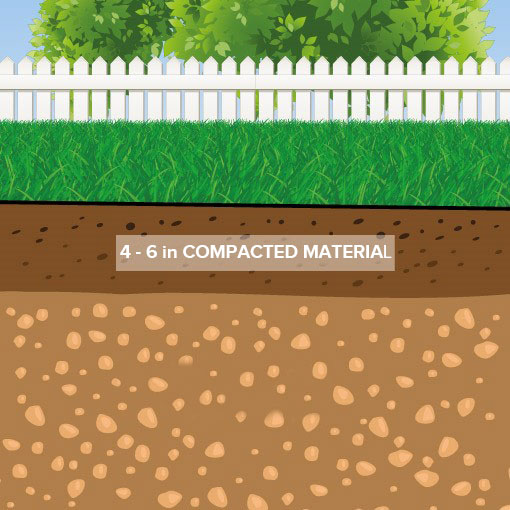
Image 6 shows a poorly performed installation in which the drainage is not the most appropriate.
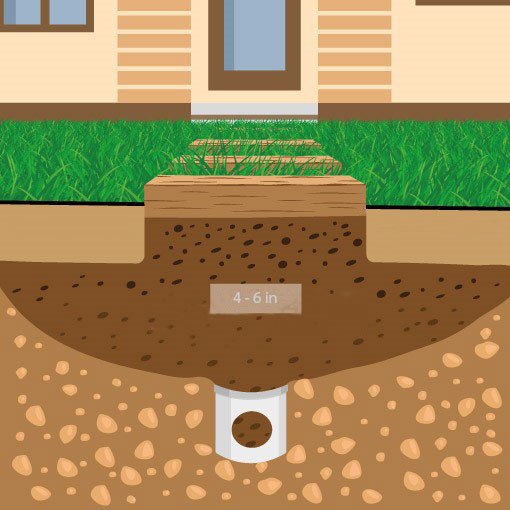
Follow these steps to improve drainage in your garden:
1. First you must take into consideration the slope on the ground. An organic surface should have at least a 2% slope in order to achieve efficient drainage.
2. Next place a weed fabric, and on top of that fabric you must put a layer of 10 to 15 cms. (4 to 6 inches) of compacted material. It is important to know that a woven fabric can be installed on any type of drainage structure.
3. Settle this material until it is well compacted before continuing.
4. Place a second layer of permeable woven fabric on top of the gravel or stones.
5. Place a high-quality synthetic turf. The lawn is sold by rolls or cut according to what you need. Spread out the rolls very carefully.
6. To keep the grass in perfect condition, it must be brushed in the opposite direction of the fiber.
7.Finally you can fill the turf with silica sand. This will settle the turf to the surface, avoiding uneven surfaces.
If you want to design a path with stones, slabs or tiles, you must first even out the surface to make it stable. You can also use compacted stones under the slabs or tiles to allow the filtration of liquids and provide stability.
The use of layers of stones or round gravel will help to avoid the spreading of plagues such as worms and ants. It will also help the growh of roots, which can bring problems in the future.
You must always check the filtration capacity and durability of the materials you are going to use in your installation. There are many products that prevent the formation of weeds that are labeled residential or retail. Some of them are not good or resistant enough to withstand heavy use or extreme weather conditions.
Normally the weight of the artificial turf rolls is measured in kilos per square meter. In the case of artificial turf used for gardens and playgrounds, the recommended minimum weight can vary from 1.5 to 4 kilos per square meter.
In addition to following these steps when installing artificial turf, the most important thing to consider is to use a high quality product.
In any case, if you prefer to spend your time doing other things, you can always call a profesional installer to do the job.
Realturf has many years of experience in the manufacture and distribution of artificial turf in Spain and other countries. We develop our products with the latest technologies and we offer a wide variety of gardening and sports products.
We can work in any type of project, both in the private and public sector. Get in touch with professionals, call Realturf!
